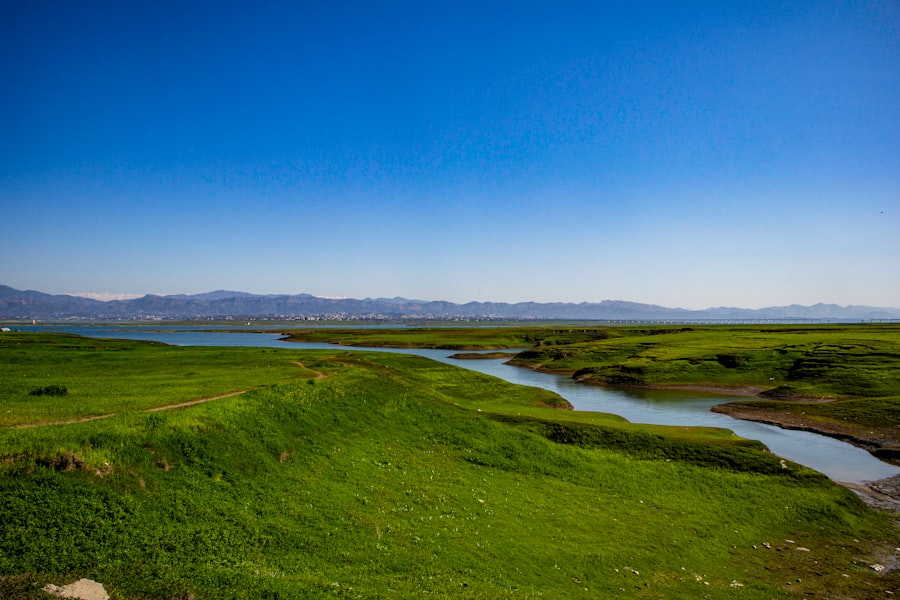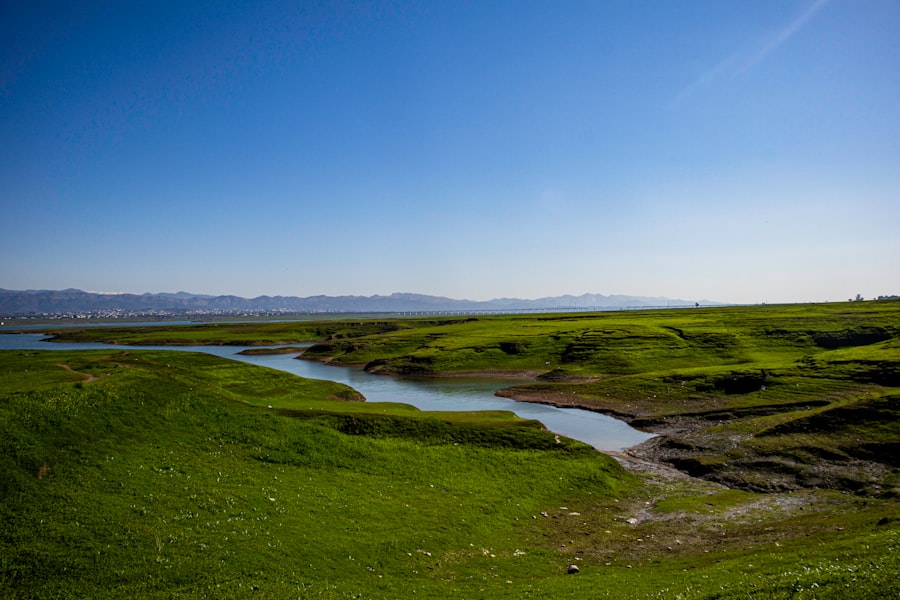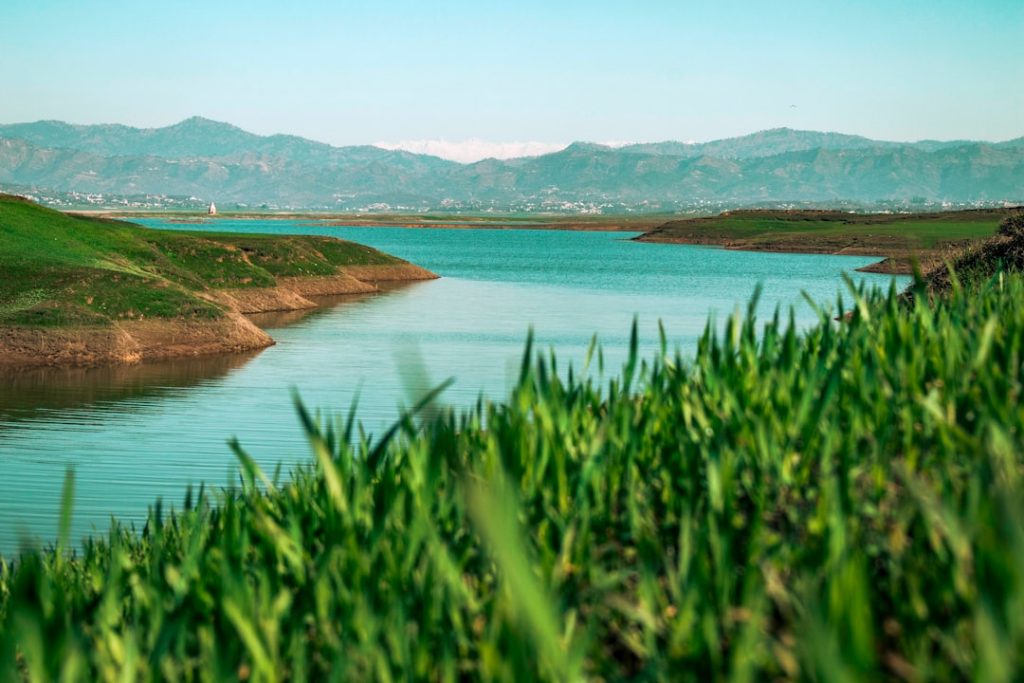Phoenix, Arizona experiences extreme heat during summer, with temperatures frequently exceeding 100°F (37.8°C). This intense heat presents significant health risks, including heat exhaustion and heat stroke. The city’s arid desert climate compounds these issues, as low humidity impairs the body’s natural cooling mechanism through sweat evaporation.
The urban heat island effect further exacerbates Phoenix’s heat challenges. This phenomenon occurs when urban areas, characterized by extensive concrete and asphalt surfaces, retain more heat than surrounding rural areas. As a result, urban temperatures can be significantly higher than those in less developed regions.
Certain populations in Phoenix are particularly vulnerable to heat-related health risks. These include the elderly, children, and individuals with pre-existing medical conditions. Outdoor workers, such as those in construction and landscaping, also face increased exposure to extreme temperatures and solar radiation.
To effectively address these heat challenges, it is crucial for Phoenix residents, visitors, and organizations to understand the unique climatic conditions of the area. This knowledge enables the development and implementation of appropriate strategies to mitigate heat-related risks and protect the health and well-being of the community, especially its most vulnerable members.
Table of Contents
- 1 Providing Adequate Shade and Shelter
- 2 Ensuring Proper Ventilation
- 3 Offering Cool Water and Hydration
- 4 Implementing Cooling Techniques
- 5 Monitoring and Adjusting for Optimal Comfort
- 6 Recognizing Signs of Heat Stress and Taking Action
- 7 FAQs
- 7.1 What are the best ways to keep chickens cool in Phoenix, AZ?
- 7.2 How important is shade for keeping chickens cool in Phoenix, AZ?
- 7.3 What type of ventilation is best for keeping chickens cool in Phoenix, AZ?
- 7.4 How often should chickens be provided with cool water in Phoenix, AZ?
- 7.5 Are misters or fans effective for keeping chickens cool in Phoenix, AZ?
Key Takeaways
- Phoenix faces extreme heat challenges due to its desert climate and high temperatures.
- Adequate shade and shelter are essential for protecting individuals from the intense heat in Phoenix.
- Proper ventilation is crucial to ensure air circulation and prevent heat buildup in indoor spaces.
- Providing cool water and promoting hydration is important to prevent dehydration and heat-related illnesses.
- Implementing cooling techniques such as misting systems and fans can help lower ambient temperatures and improve comfort.
Providing Adequate Shade and Shelter
Creating Comfortable Outdoor Environments
One of the most effective ways to mitigate the impact of extreme heat in Phoenix is by providing adequate shade and shelter. Shade structures such as awnings, umbrellas, and canopies can help reduce direct exposure to the sun and lower ambient temperatures, creating more comfortable outdoor environments. In urban areas, planting trees and creating green spaces can also provide natural shade and contribute to a cooler microclimate.
Designated Cooling Centers and Refuges
Additionally, creating designated cooling centers in public spaces such as parks and community centers can offer a refuge for individuals seeking relief from the heat. These cooling centers can be equipped with misting systems, fans, and air conditioning to provide a respite from the intense outdoor temperatures. For outdoor workers, providing portable shade structures and rest areas can help minimize heat exposure and allow for regular breaks in shaded areas.
Employer and Homeowner Responsibilities
Employers should also encourage workers to take frequent breaks in shaded areas and provide access to cool drinking water to prevent dehydration. In residential areas, homeowners can install shade sails or pergolas in their outdoor spaces to create shaded areas for relaxation and recreation.
Ensuring Proper Ventilation

In addition to providing shade and shelter, ensuring proper ventilation is essential for managing extreme heat in Phoenix. Proper ventilation helps facilitate air movement and promotes cooling, especially in indoor environments. In residential buildings, proper ventilation can be achieved through the use of ceiling fans, window fans, and attic vents to promote air circulation and reduce indoor temperatures.
For commercial buildings and workplaces, ensuring that HVAC systems are well-maintained and functioning optimally is crucial for providing a comfortable indoor environment during hot weather. In outdoor spaces, promoting natural ventilation through strategic design and landscaping can help improve air flow and reduce the impact of high temperatures. This can be achieved by incorporating open-air structures, such as pergolas or trellises, that allow for air movement while providing shade.
Additionally, utilizing evaporative cooling systems, such as misting fans or evaporative coolers, can help lower ambient temperatures in outdoor areas by introducing moisture into the air. By prioritizing proper ventilation in both indoor and outdoor environments, individuals and organizations in Phoenix can create more comfortable and livable spaces even during the hottest months of the year.
Offering Cool Water and Hydration
Staying properly hydrated is crucial for coping with extreme heat, especially in a desert climate like Phoenix. Offering cool water and promoting hydration is essential for preventing heat-related illnesses such as dehydration and heat exhaustion. In outdoor settings, providing access to cool drinking water is paramount for ensuring the well-being of individuals exposed to high temperatures.
This can be achieved by installing water fountains in public spaces, offering bottled water at events and gatherings, and encouraging individuals to carry reusable water bottles to stay hydrated throughout the day. For outdoor workers, employers should provide ample supplies of cool water and encourage frequent hydration breaks to prevent dehydration and heat-related illnesses. Additionally, electrolyte-replenishing drinks can be provided to help workers maintain proper hydration levels and replace essential nutrients lost through sweating.
In residential settings, homeowners should ensure that they have access to cool drinking water at all times, especially during periods of extreme heat. By prioritizing the availability of cool water and promoting hydration, individuals and organizations in Phoenix can help mitigate the risks associated with high temperatures and support overall health and well-being.
Implementing Cooling Techniques
Implementing cooling techniques is essential for managing extreme heat in Phoenix and creating more comfortable environments. In indoor spaces, utilizing air conditioning systems effectively can help maintain cooler temperatures and provide relief from the heat. It is important to ensure that air conditioning units are properly maintained and functioning efficiently to maximize their cooling capacity.
Additionally, using ceiling fans in conjunction with air conditioning can help distribute cool air more effectively throughout indoor spaces, reducing reliance on air conditioning alone. In outdoor settings, implementing evaporative cooling techniques can help lower ambient temperatures and create more comfortable environments. Misting systems can be installed in outdoor dining areas, parks, and public spaces to provide a cooling mist that helps reduce the perceived temperature.
Evaporative coolers can also be used in outdoor work areas to provide a constant flow of cool air, offering relief to workers exposed to high temperatures. Furthermore, utilizing reflective materials for outdoor surfaces such as roofs and pavements can help reduce heat absorption and lower surface temperatures, contributing to a cooler overall environment. By implementing a combination of indoor and outdoor cooling techniques, individuals and organizations in Phoenix can create more livable spaces even during the hottest months of the year.
Monitoring and Adjusting for Optimal Comfort

Monitoring and adapting to environmental conditions is crucial for managing extreme heat in Phoenix.
Staying Informed with Weather Monitoring Tools
Utilizing weather monitoring tools can help individuals and organizations stay informed about current temperature levels and make informed decisions about outdoor activities and work schedules.
Optimizing Indoor Environments
For indoor environments, monitoring indoor temperatures and humidity levels can help ensure that air conditioning systems are functioning optimally and providing adequate cooling. Adjusting thermostat settings based on occupancy patterns and outdoor temperature fluctuations can help maintain comfortable indoor environments while optimizing energy efficiency.
Enhancing Outdoor Comfort
In outdoor settings, monitoring the effectiveness of cooling techniques such as misting systems and shade structures can help identify areas that may require additional measures to improve comfort.
Recognizing Signs of Heat Stress and Taking Action
Recognizing signs of heat stress and taking prompt action is crucial for preventing heat-related illnesses in Phoenix. Common symptoms of heat stress include excessive sweating, dizziness, nausea, headache, rapid heartbeat, and confusion. Individuals experiencing these symptoms should be moved to a cooler environment immediately and provided with cool water to drink.
If symptoms persist or worsen, seeking medical attention is essential for proper evaluation and treatment. For outdoor workers, training on recognizing signs of heat stress and implementing appropriate response protocols is essential for preventing heat-related illnesses on the job. Employers should encourage workers to monitor their own well-being and that of their colleagues while working in hot conditions.
Additionally, providing access to shaded rest areas and first aid supplies can help ensure that workers receive prompt assistance if they experience symptoms of heat stress. In residential settings, educating family members about the signs of heat stress and promoting preventive measures such as staying hydrated and seeking shade when outdoors is important for maintaining overall health and well-being during periods of extreme heat. By recognizing signs of heat stress early on and taking prompt action to address symptoms, individuals and organizations in Phoenix can help prevent serious heat-related illnesses and promote a safer environment for all.
If you’re looking for more information on keeping chickens cool in Phoenix, AZ, you might also be interested in learning about what to feed ducks. Check out this article for tips on providing the right nutrition for your feathered friends.
FAQs
What are the best ways to keep chickens cool in Phoenix, AZ?
Some of the best ways to keep chickens cool in Phoenix, AZ include providing shade, proper ventilation, access to cool water, and using misters or fans.
How important is shade for keeping chickens cool in Phoenix, AZ?
Shade is extremely important for keeping chickens cool in Phoenix, AZ as it helps to protect them from the intense heat and direct sunlight.
What type of ventilation is best for keeping chickens cool in Phoenix, AZ?
Good ventilation is essential for keeping chickens cool in Phoenix, AZ. This can be achieved through the use of windows, vents, and fans to promote air circulation in the coop.
How often should chickens be provided with cool water in Phoenix, AZ?
Chickens should have access to cool, fresh water at all times, especially during the hot summer months in Phoenix, AZ.
Are misters or fans effective for keeping chickens cool in Phoenix, AZ?
Misters and fans can be effective tools for keeping chickens cool in Phoenix, AZ, as they help to lower the ambient temperature and provide relief from the heat.

Meet Walter, the feathered-friend fanatic of Florida! Nestled in the sunshine state, Walter struts through life with his feathered companions, clucking his way to happiness. With a coop that’s fancier than a five-star hotel, he’s the Don Juan of the chicken world. When he’s not teaching his hens to do the cha-cha, you’ll find him in a heated debate with his prized rooster, Sir Clucks-a-Lot. Walter’s poultry passion is no yolk; he’s the sunny-side-up guy you never knew you needed in your flock of friends!
Meet Walter, the feathered-friend fanatic of Florida! Nestled in the sunshine state, Walter struts through life with his feathered companions, clucking his way to happiness. With a coop that’s fancier than a five-star hotel, he’s the Don Juan of the chicken world. When he’s not teaching his hens to do the cha-cha, you’ll find him in a heated debate with his prized rooster, Sir Clucks-a-Lot. Walter’s poultry passion is no yolk; he’s the sunny-side-up guy you never knew you needed in your flock of friends!







